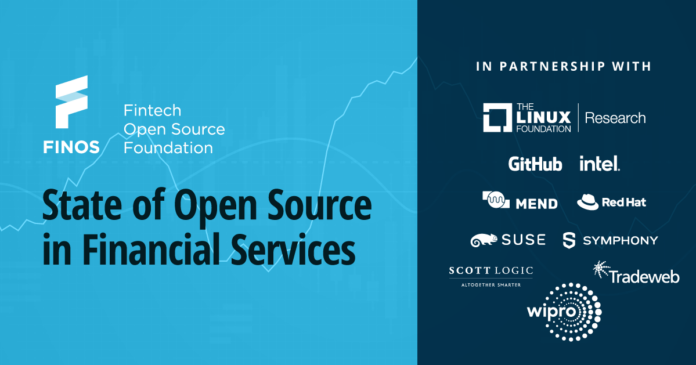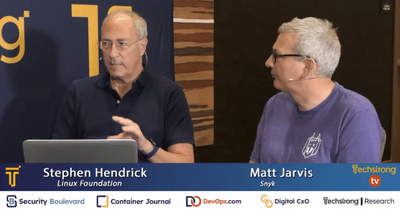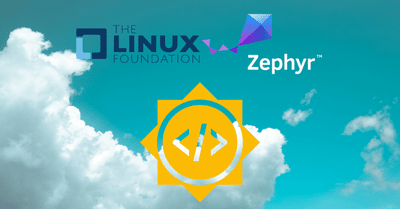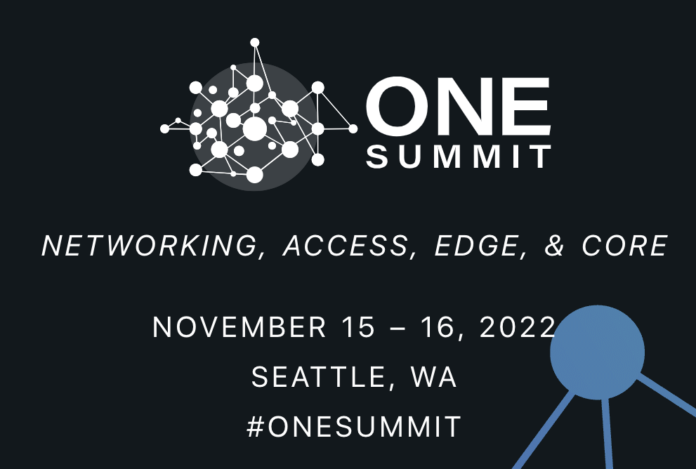FINOS, the fintech open source foundation, and its research partners, Linux Foundation Research, GitHub, Intel, Mend, Red Hat, Scott Logic, SUSE, Symphony, Tradeweb, and Wipro, are conducting its second annual survey as part of its ongoing research on the state of open source adoption, contribution, and readiness in the financial services industry.
The increased prevalence, importance, and value of open source is well understood and widely reported by many industry surveys and studies. However, the rate at which different industries acknowledge this shift and adapt their working practices to capitalize on the new world of open source-first differs considerably.
The financial services industry has been a long-time consumer of open source software; however, many are struggling in contributing to and publishing open source software and standards and adopting open source methodologies. A lack of understanding of building and deploying efficient tooling and governance models is often seen as a limiting factor.
This survey and report seek to explore open source within the context of financial services organizations, including banks, asset managers, and hedge funds but it is designed as a resource to be used by all financial services organizations as an annual tracking of metrics.
Please participate now; we intend to close the survey in early August. Privacy and confidentiality are important to us. Neither participant names, nor their company names, will be published in the final results.
To take the 2022 FINOS Survey, click the button below:
BONUS
As a thank-you for completing this survey, you will receive a 25% discount code on enrollment in any course in the Linux Foundation Training catalog.
PRIVACY
Your name and company name will not be published. Reviews are attributed to your role, company size, and industry. Responses will be subject to the Linux Foundation’s Privacy Policy, available at https://linuxfoundation.org/privacy. Please note that survey partners who are not Linux Foundation employees will be involved in reviewing the survey results. If you do not want them to have access to your name or email address, please do not provide this information.
VISIBILITY
We will summarize the survey data and share the findings during Open Source Strategy Forum, 2022. The summary report will be published on the FINOS and Linux Foundation websites.
QUESTIONS
If you have questions regarding this survey, please email us at info@finos.org.
The post FINOS Announces 2022 State of Open Source in Financial Services Survey appeared first on Linux Foundation.






